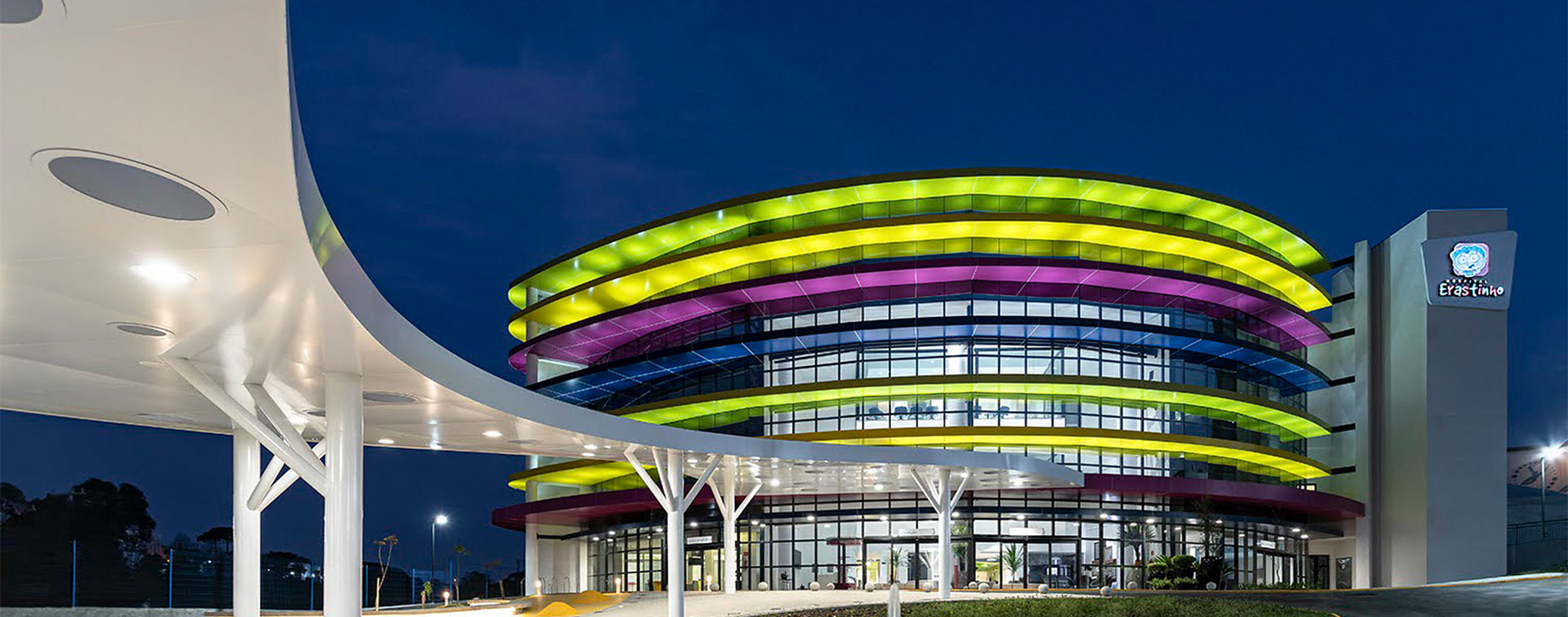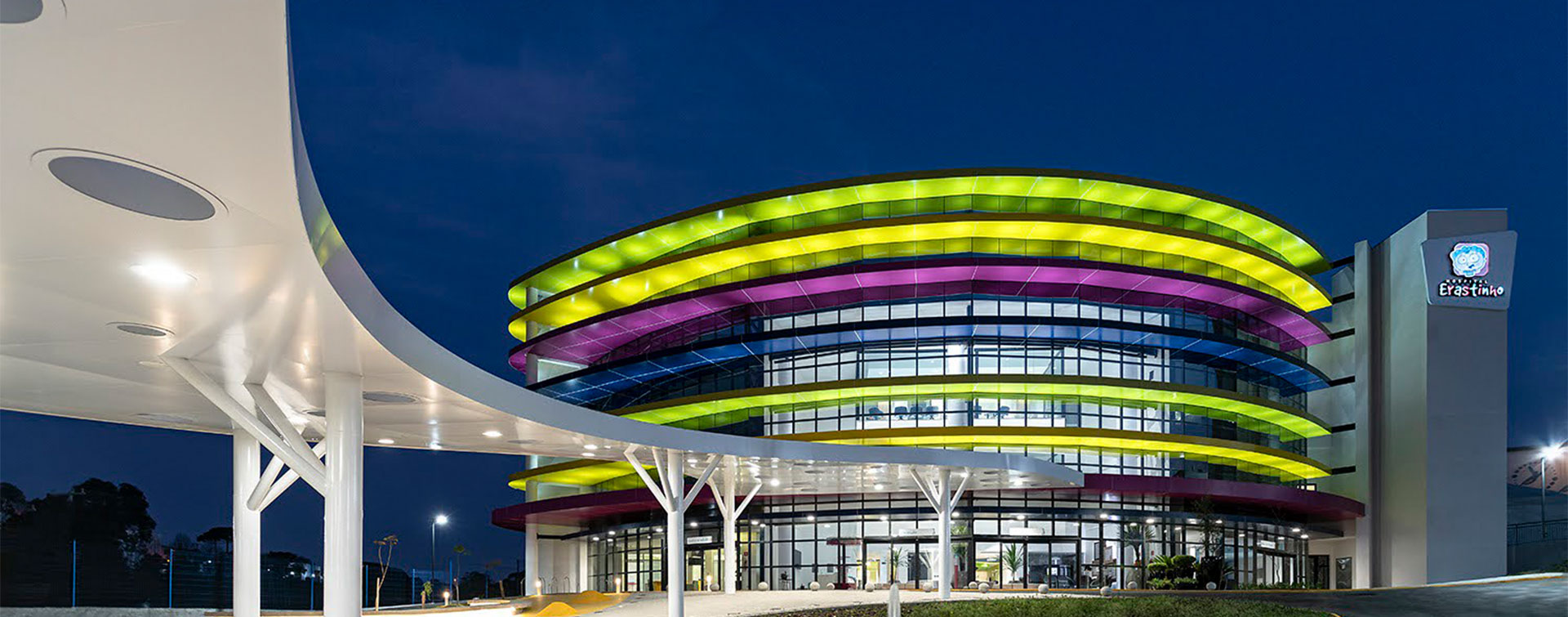 5 min
5 min
Vincent Kitio is an architect and energy expert committed to sustainable urban development, particularly in Africa. As Unit Leader for Urban Energy at UN-Habitat, his role involves three strategic issues: universal access to energy for disadvantaged urban populations, improved energy efficiency in the building sector, and accelerated deployment of renewable energy technologies in urban areas. In this video and written interview, he discusses the actions needed to meet these challenges.
What do you see as the five priorities for building more sustainable and energy-efficient cities in Africa?
What disparities have you seen in Africa concerning energy efficiency in buildings?
Energy efficiency in buildings is still quite a new concern in Africa. In many countries, access to energy is still limited. It is thus difficult to promote the efficient use of a resource when it is in short supply. That said, awareness is growing, although the situation varies greatly from one country to another.
In the cities of sub-Saharan Africa, modern buildings are appearing that consume far more energy than necessary. These buildings often fail to take into account essential architectural principles such as appropriate orientation, natural ventilation, passive lighting and so on. The result is energy-intensive buildings that are ill-suited to their environment.
In contrast, some cities are further ahead, particularly where governments have actively promoted and supported the deployment of renewable energies and energy efficiency. This is reflected in the adoption of building codes, implementation of awareness-raising campaigns and the spreading of best practice favoring more sustainable construction. South Africa, Kenya and Senegal are among the most advanced countries on these issues.
Urbanization is accelerating across sub-Saharan Africa. What do you see as the major challenges that this poses?
Urban growth in sub-Saharan Africa is extremely rapid. Cities there are growing at an average rate of 4.5% a year. This means that their population doubles around every twenty years. This accelerated urbanization makes it difficult to control energy consumption, and also other resources such as water, building materials, and so on.
In this context, a global approach is crucial. It’s not enough to make new buildings energy efficient. We need to think of cities as a whole, with urban planning that anticipates their growth. The challenge is to absorb the demographic pressure while also ensuring rigorous management of all resources, all the more so as they are often limited, and used very inefficiently when they are available.
What role do public authorities and international partnerships play in the energy transition of cities?
Public authorities are the main contracting authorities. They build the infrastructure such as social housing, hospitals, schools, administrative buildings, and so on. If these public projects incorporate sustainability and energy efficiency criteria, they become benchmarks and models for the private sector to follow.
International players such as UN agencies, bilateral donors and NGOs also have a duty to be exemplary. They must lead the way with their own projects: whether it’s a stadium, a road or a building, this infrastructure must comply with environmental requirements.
The example of the United Nations building in Nairobi speaks volumes. When it was built, it did not yet incorporate some of the sustainability criteria. It then underwent a retrofit to become the city’s first building with a solar roof, and the first positive-energy building, generating 65% surplus electricity. This pioneering project has had a real knock-on effect: in less than 15 years, more than 40 positive-energy buildings have been built in Nairobi.
Proof that the energy transition can be accelerated when it is driven by tangible, ambitious initiatives. But this also presupposes a change in the regulatory framework: we need to adopt appropriate building codes, environmental standards and incentive-based public policies.
Meet other energy experts:
Special report: Energy Challenge: Experts’ Visions
See also:
Special report: Cities & Sustainable Construction
Special report: Architects’ perspectives on sustainable construction










